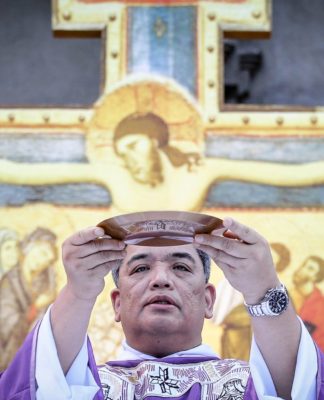PHOTOGRAPHY is a marvelous, unique medium—the most mass-oriented form of communication after the television; it is capable of delivering a message without any need for spoken or written word.
Indeed, photography has been a key source in historical research and social documentation. Photos enrich man’s appreciation of man and the nature and society that surround him. It depicts the good and the beautiful, the real and the existing.
The Europeans had it easy. They had the resources to invent something powerful like the camera back in 1839. The camera was invented by Louis Jacques Mande Daguerre and William Henry Fox Talbot to expose the atrocities of the Crimean War.
But the term “photojournalism” only came into public consciousness when Cliff Edo (1907-1991), who taught at the University of Missouri School of Journalism for 29 years, established the first photojournalism workshop there in 1946.
This term is much debated by Filipino photojournalists. Sigfred Balatan, among the second-generation photojournalists along with Romy Gacad and Gil Nartea, said that the term photojournalist should apply only to those Filipino photographers from 1986 onwards. Although there were photographers during the Second World War, Balatan said they should rather be called “news illustrators.”
Despite the enthusiasm that Filipinos have for photojournalism, their economic situation and lack of outlets for their works have prevented many from getting the right exposure to effect social change and truly show the reality of the Filipino situation. It is only through the newspaper media that many photojournalists can show their works. But then again, photos go through “filtering” by photo editors, a system that they’re not happy with.
Anybody can be a photographer, but not everyone can be a photojournalist, even with the abundance of mass-produced photographic tools today. Photojournalism requires determination, perseverance, and passion for the truth in the picture. One must also have time and money to invest in this rather costly vocation. As a result, many photojournalists use the innovation of the Internet and digital photography to display their pictures to the public. Only a few can garner enough sponsorship and capital to publish books dedicated entirely to the craft. No book yet has been published on Philippine photojournalism. There’s no history on Philippine photojournalism. Many people say that Eduardo Masferre is the father of Philippine photography. But if Atanacio “Butch” Baluyut, a potrait photographer based in Manila, had not gone to Sagada and invited photographers to contribute to his exhibit, Masferre would have gone unnoticed by the public.
For a country that still has to meet the essential needs of living, a career in photojournalism is a luxury few can afford. And so only those with an eye for graphic truth can dare take a shot at life and reality.
















